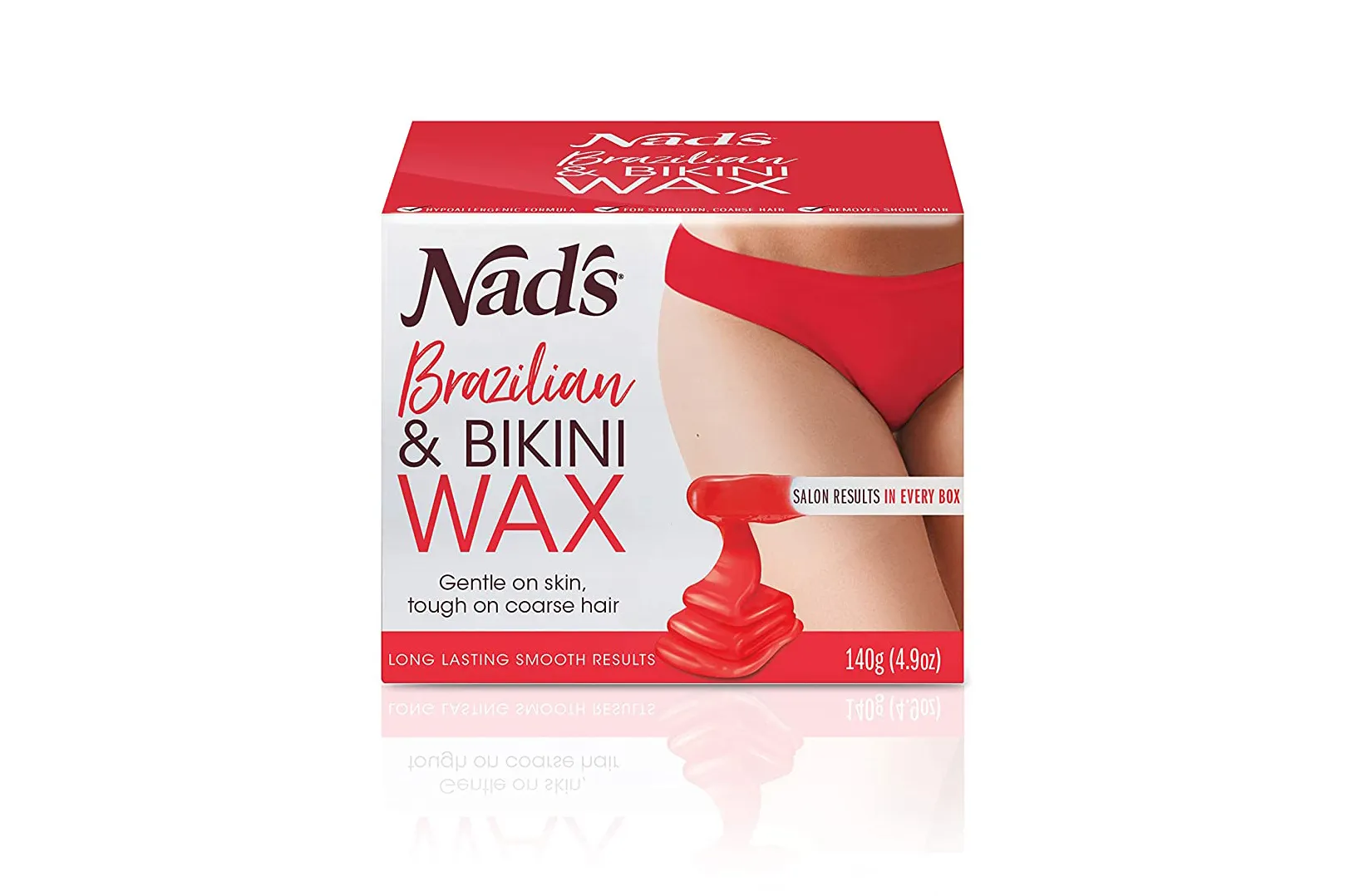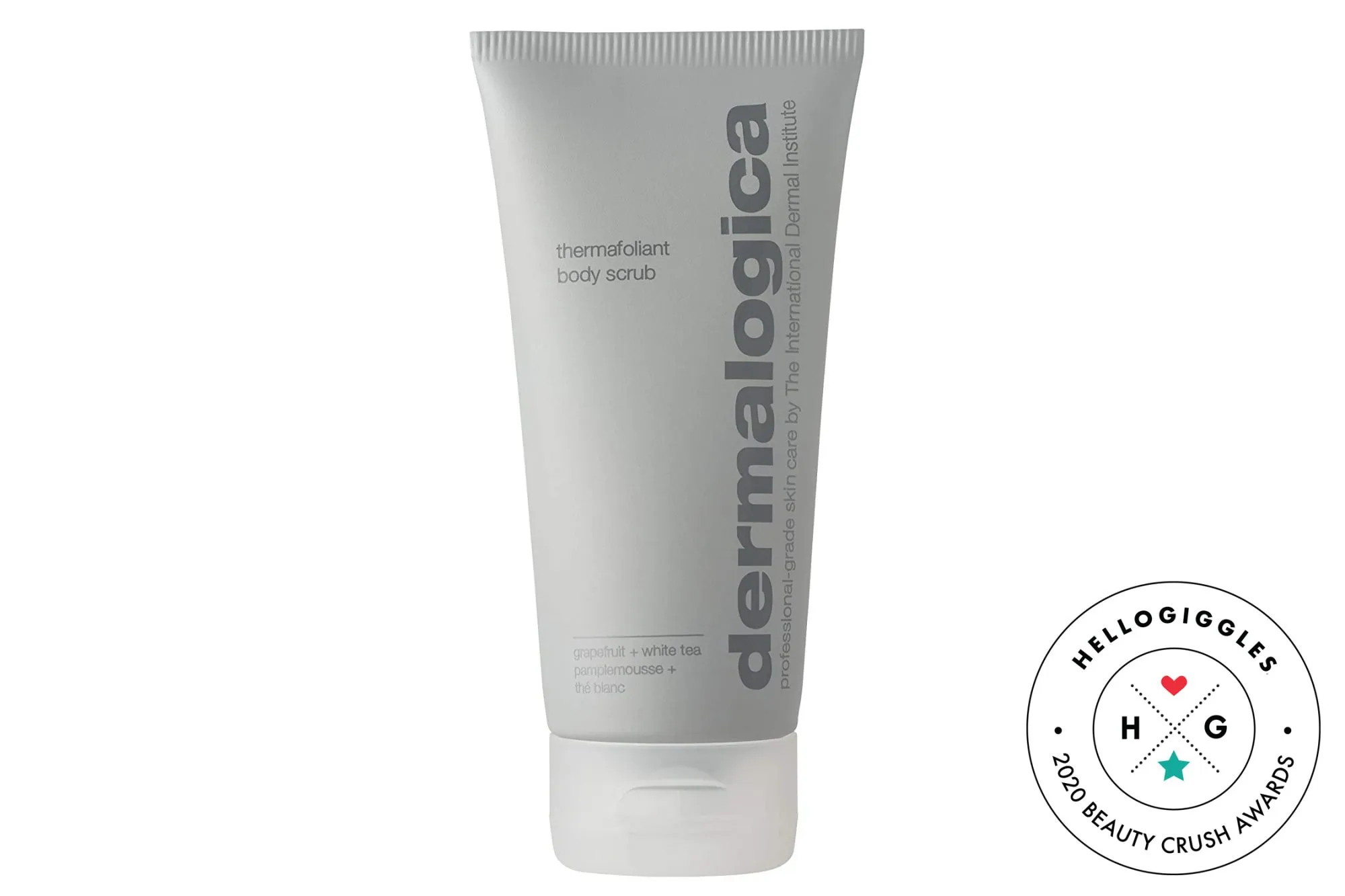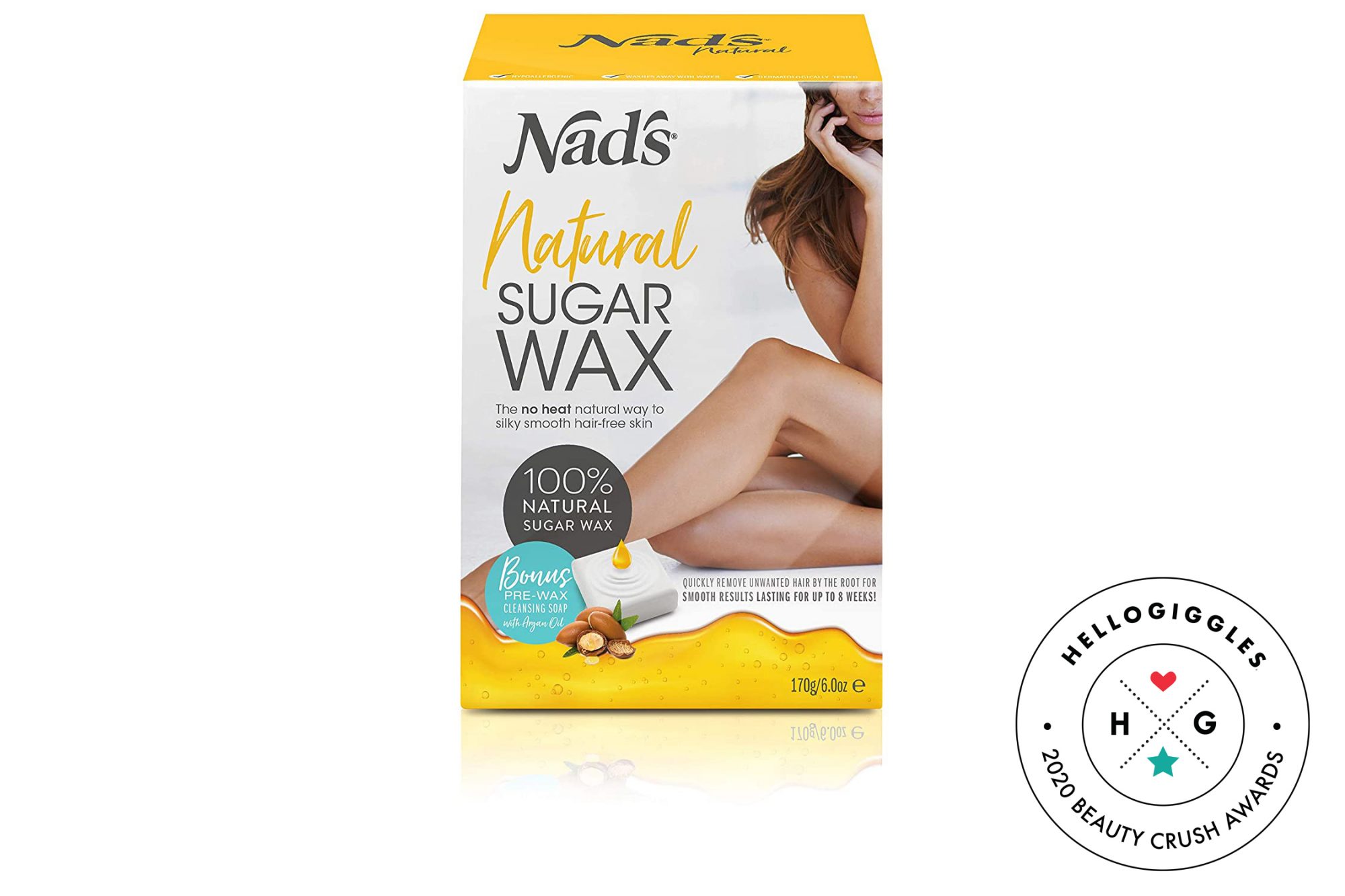
Salons nationwide have closed their doors in light of the coronavirus (COVID-19) pandemic, leaving many people asking themselves how they’re going to keep up their beauty routines at home. If you’re wondering how to remove your gel mani or dye your own hair, there are thankfully easy ways to do those tasks at home. But what if you had a bikini wax appointment that’s now been cancelled and you want to remain hair-free? Not to worry: There are easy ways to do that, too.
To remove all doubt, we asked Natalie Ismiel, beauty expert and brand ambassador for Nad’s, some of our most pressing questions about at-home bikini waxing.
HelloGiggles: What’s the biggest mistake first-timers make while waxing their bikini area at home, and how can we avoid it?
Natalie Ismiel: Be sure that you are using a product that specifically states that it’s suitable for the bikini area, as these formulas are gentler on the skin. For a first-timer, it might be easiest to use hard wax, as strip waxes are a little bit more difficult to do on your own and take practice. I recommend Nad’s Brazilian & Bikini Wax. The hard wax formula works on coarse hair while being gentle on skin, and results can last up to eight weeks.

$14.99
Shop it Available at Ulta
HG: How should you prep your bikini area before waxing?
NI: The first rule of waxing body hair: Always exfoliate first! A well-timed scrub has plenty of benefits. It removes dead skin cells that block the hair follicle, the cause of undesirable ingrown hairs. Exfoliating also boosts circulation, encourages cell regeneration, and improves skin tone and appearance. Just don’t do it if your skin is sunburnt.
Three things to remember when exfoliating to prevent ingrown hairs:
- Place hot, moist compresses on the area for 15 minutes a few times a day.
- Don’t use micro-beads.
- Exfoliate before waxing, not after a wax when your skin will be sensitive.

$44
Shop it Available at Dermstore
Before waxing, find a position you are comfortable with that gives you good visibility. Prepare your skin by ensuring the area is clean, dry, and free of oils and moisturizers. Hair needs to be a minimum of one eighth of an inch long.
HG: Speaking of positions, are there any positions that make waxing your bikini area easier?
You might have to change positions a couple of times, depending on the area you are waxing. Try standing, while propping one leg up on a bathtub or chair. Stand in front of a mirror, if possible, to give yourself extra visibility. This position also works for the inner and back areas. If you have trouble reaching, you can also lay in front of a standing mirror while bending your knees and spreading your legs widely. Prop up your lower back with a pillow. You can do this on the floor or on your bed on top of a towel. Before you start, be sure to test out different positions to see what is most comfortable for you and provides the best reach for each area you plan to wax.
HG: How do you start a bikini wax?
NI: The key is to work on one small area at a time,starting with the bikini line and working your way inwards, towards the more sensitive areas. If you’re doing a Brazilian wax, work your way inward and downward towards the anus area. Be sure to apply the wax in the direction of your hair growth and try to keep an eye on your progress using a mirror.
HG: What direction should you pull the waxing strips in?
NI: Immediately place the strip, and use the palm of your hand to firmly smooth over the strip in the direction of hair growth. Holding the skin taut with one hand, quickly pull the strip off in the opposite direction of hair growth. The quicker you pull the strip back, the more effective the hair removal. Remember to hold skin taut with the other hand and to pull close to the skin rather than away from the skin.
HG: Is there anything you can do beforehand to lessen the pain of a bikini wax?
NI: The most important thing is to read the instructions and precautions thoroughly before waxing. Sometimes, the pain can be caused by anxiety you may be feeling about waxing. Relax your body and take deep breaths. Once you’ve done your first wax, you’ll find that every wax after that gets easier and less painful. Try not to drink significant amounts of alcohol or coffee before waxing as those can tighten your pores and [make the process] feel more painful. Also, it’s best not to wax during your period, as you will likely be more sensitive and prone to experiencing discomfort.
HG: Is there anything you can do after pulling off a strip to lessen the pain?
NI: Applying pressure directly over the area helps to minimize the pain after pulling off a strip. You can do this with a clean hand towel or by folding the strip in half and applying light pressure with the clean side of the strip. Relaxing your body is also really important. Try not to tense up. Take deep breaths and think of a happy place, or listen to happy, upbeat music. It’s important to work in quick, swift motions to reduce pain. It might take some practice, but the slower you pull away, the more you are likely to experience pain.
HG: What if you regret it or accidentally place the wax where it shouldn’t be—how can you remove it?
NI: Some products are mistake-proof and easily come off with water. Try using a formula such as Nad’s Natural Sugar Wax, which easily washes away with water if you apply it in the wrong place.

$12.99
Shop it Available at Ulta
HG: Do you have any other tips for doing your own bikini wax?
NI: After waxing, you should exfoliate at least three times per week to prevent ingrown hairs. Some fabrics can irritate newly waxed skin, so opt for light cotton panties, as opposed to lace or nylon. If you think you want to stick to waxing, try not to shave between waxes to reduce irritation and ingrown hairs. Hair can grow back thinner and weaker the more you wax, but if you shave between waxing, your hair will continue to grow coarsely.




































